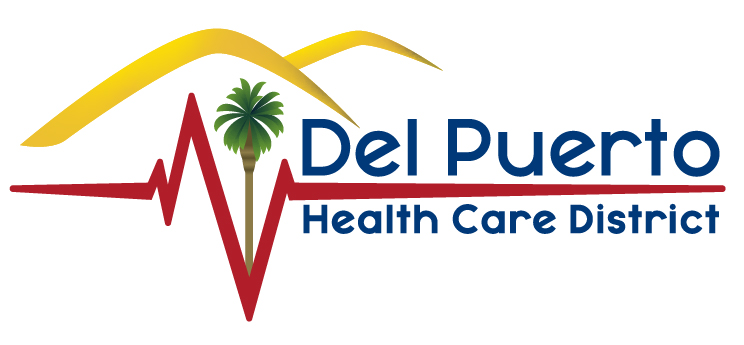What is a Health Care District?
California's Healthcare Districts: A Local Choice for California's Health
California Healthcare Districts respond to the specialized health needs of California communities. Voters created 79 Healthcare Districts to fulfill local health care needs. Of these, 54 serve the state’s rural areas. Healthcare Districts provide access to essential health services and are directly accountable at the community level. As a result, tens of millions of Californians have been able to access care that would otherwise be out of reach.
Created by Residents to Address Communities’ Health Care Needs
No one knows the needs of a community more than the people who live there. By creating tailored Healthcare Districts to meet local needs for medical services, community members are working together to effectively address a shared concern, ensuring medical services are available that save lives, keep families healthy, and increase and protect individuals’ quality of life. In many instances, Healthcare Districts are the sole source of health and medical services for families and seniors, serving as an integral part of California’s health care safety net. Although each Healthcare District is unique, focusing on the specific needs of each community, the core mission of Healthcare Districts remains the same: to provide critical health care services to the communities that created them.
Healthcare Districts: A Crucial Part of California’s Health Care System
Every year, California’s Healthcare Districts provide:
• 1 million emergency room visits
• 4 million in-patient hospital visits
Healthcare Districts meet the needs of:
• Communities with severe health care provider shortages
• Uninsured Californians
• Low-income seniors, adults, and children through Medi-Cal
• Underserved populations
Close Community Connections
With their close connection to local needs, Healthcare Districts are crucial to making the Affordable Care Act and Medi-Cal expansion a success in California. From specialized services for rural communities, to services tailored to the unique needs of diverse populations, to partnering with schools to keep children healthy, Healthcare Districts are innovating to deliver improved health care value for the local communities they serve.
Strong Oversight and Transparency
Healthcare Districts are the most local form of government, directly accountable to the communities they serve. This close connection to voters ensures openness and transparency. Residents not only vote to create Healthcare Districts, they also elect the public boards that oversee the spending of their local tax dollars in pursuit of improved community health. Healthcare Districts must submit annual financial reports to the California State Controller and obey all state laws governing public records, record keeping, elections, and public access to documents.
Services Tailored to Meet Local Needs
Healthcare Districts are tailored to meet the needs of each community, including services such as:
• Hospital care
• Emergency room and trauma care
• Ambulance services
• Laboratory and radiology services
• Outpatient surgery
• Maternal and childhood services
• Skilled nursing facilities
• Rural health clinics
• Mental health and substance abuse services
• Medical transportation
• Adult day care and senior services
• School-based health services
• Hospice care
• Nutrition education
The Most-Responsive Form of Local Government
Created by residents for residents, Healthcare Districts throughout California provide vital services for the community members who create and oversee them. As the most responsive form of local government, Healthcare Districts are established, operated, and controlled by local voters who understand each community’s concerns and ensure that each District is effectively meeting their local health care needs.
The Association of California Healthcare Districts provides education, advocacy and networking opportunities for all health care districts in California and their interested business partners. For more information please visit http://www.achd.org/
